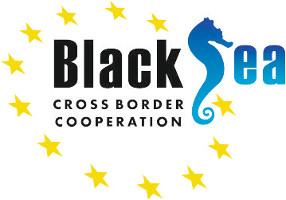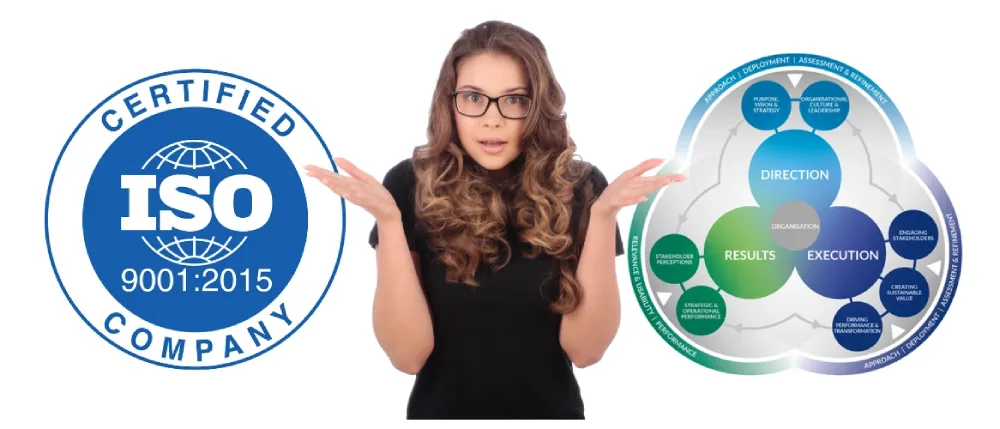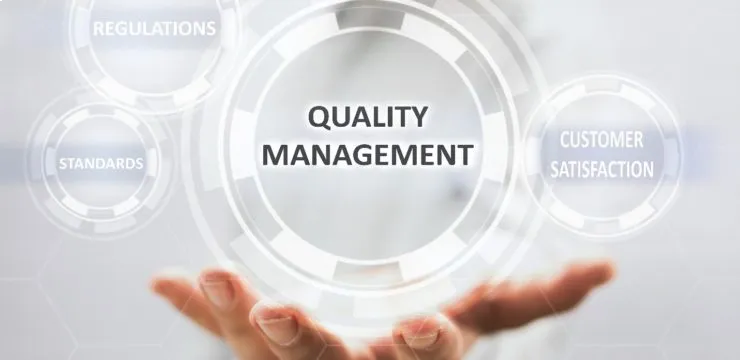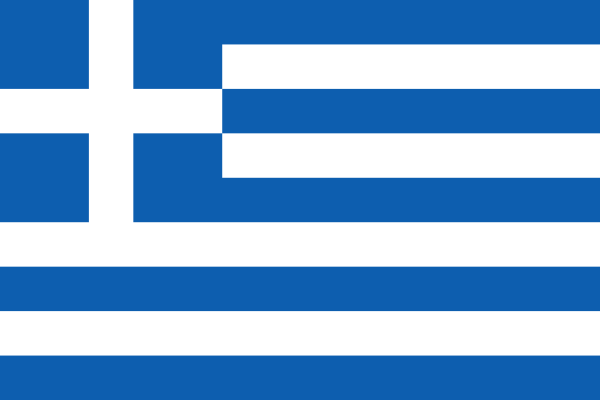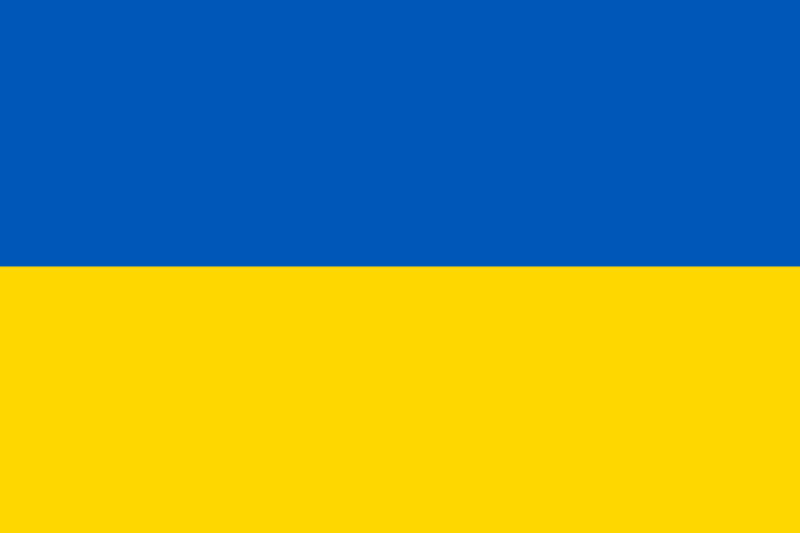EFQM Promotes the Organization’s Ability to Achieve and Maintain Exceptional Results for ALL Stakeholders
1. The EFQM model promotes excellence
Organizational Excellence is measured by the organization’s ability to achieve and maintain exceptional results simultaneously for all stakeholders. Recognizing these needs, the EFQM Model was created to promote an approach that would lead to the emergence and maintenance of exceptional performance by organizations.
Since its introduction in 1991, the EFQM is recognized as a global model that helps companies manage change and improve performance. The model’s design is generic to ensure its applicability to all types of organizations regardless of their size, industry, or business model, and has been adopted by thousands of organizations worldwide. Business excellence fosters organizational competitiveness and success.
Through its history, the EFQM model has gone through periodic reviews and adjustments to ensure it remains valid and relevant. Reviews and adjustments are based on industry and academic research, and are supported by various methodologies that include a wide range of management areas.
The newest model, EFQM 2020, was introduced in 2019, following an extensive co-creation review process that involved users, award-winning entities, academicians, and business leaders. The EFQM 2020 model is supported by European values and business ethics and incorporates the United Nations Sustainable Development Goals (SDGs).
2. What is the model based on?
The EFQM model is a tool to perform a complete, systemic and regular examination of the activities and results obtained, by comparing it with a performance model called the self-assessment.
The EFQM model is based on the principle that customer satisfaction, staff satisfaction and integration into the life of the community are achieved through leadership, policy and strategy, staff management, resources and processes. All this ultimately leads to excellent operational results.
The model aims to help organizations to get the following results for organizational excellence:
- customer satisfaction (external customers),
- satisfaction of people (staff),
- impact on society (meeting the needs and expectations of the local community, national and international in general).
Management, the executive team and other leaders in the organization who drive the company’s policy and strategy, human resources management and the way in which the company manages resources efficiently, play a decisive role in obtaining these results.
The EFQM Excellence Model is pragmatic and results oriented. It offers the flexibility that can be applied to both large, and small and medium organizations with equal success.
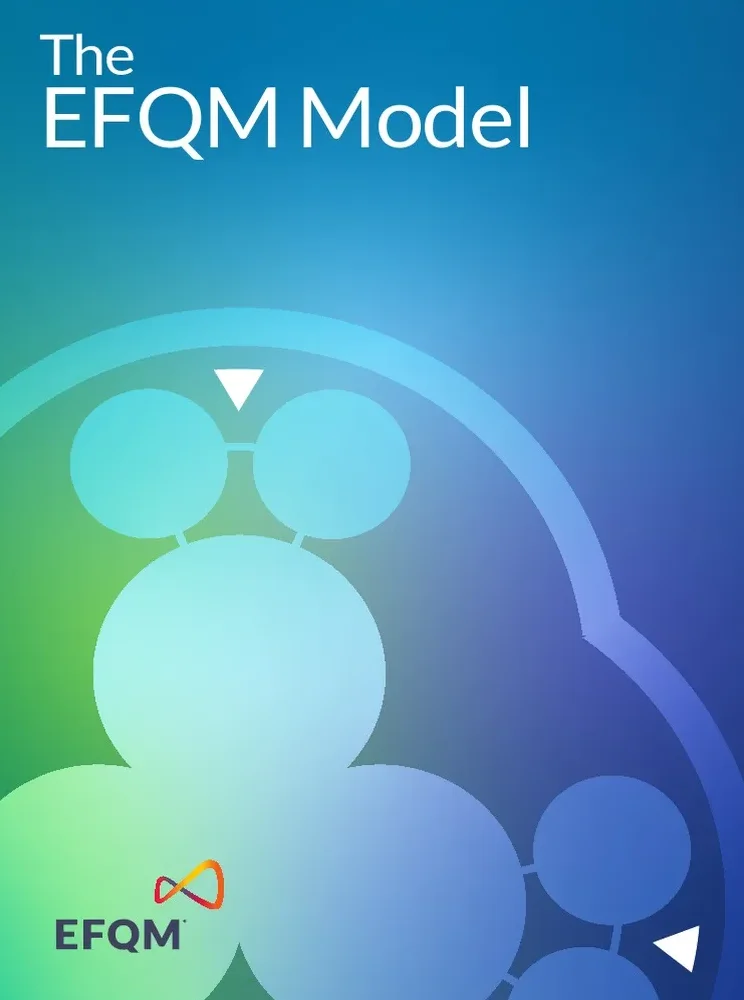
3. The EFQM Model Leads Organizations to Excellence in Modern Times
The EFQM Excellence Model is currently the most successful European model for excellence and quality in business.
The EFQM model of excellence can be used as a management model to define the steps towards organizational success and high performance, but it can also be used as an evaluation tool, providing an image of the company’s performance compared to other similar companies.
The EFQM model highlights transformation and future focus, and supports the successful adoption of Industry 4.0 to create stakeholders’ enduring value and to create proper organizational alignment with the digital transformation trend. Although the need to transform for the future encompasses technology and digital transformation, technology is not the imperative topic in the EFQM model.
Instead, the EFQM model calls for an organization to ask themselves: what do they want to achieve with change? Where do they start from? What is the plan? How will they check on its progress?
The EFQM model mindset is framed by creativity, innovation, and disruptive thinking, which are essential ingredients for Industry 4.0.
4. The Role of SELF-EVALUATION and the RADAR Tool
The EFQM criteria and RADAR, organizational self-assessments, or external assessments can challenge, support, and shape organizations to move towards sustainability, new knowledge and high performance dimensions. The criteria help organizations to identify what outstanding ones do, good practices, and gaps between the present and the desired practices, while RADAR identifies how the organization is working and what could be improved.
Successful implementation of the EFQM Model of Excellence requires a significant degree of commitment from and acceptance of quality management principles by an organization. The RADAR concept involves a process of self-assessment in well-defined areas of organizational and operational management. For each area, companies are encouraged to allocate appropriate weights to their own priorities. The self-assessment process can be applied in all types of organizations and institutions, offering them the opportunity to discover their strengths and areas for improvement in order to access excellence.
RADAR means much more than a theoretical management model. RADAR tool for identifying and monitoring the performance score. The RADAR tool is the basis for evaluation and provides internal reference data that allow top management to develop a successful strategy.


